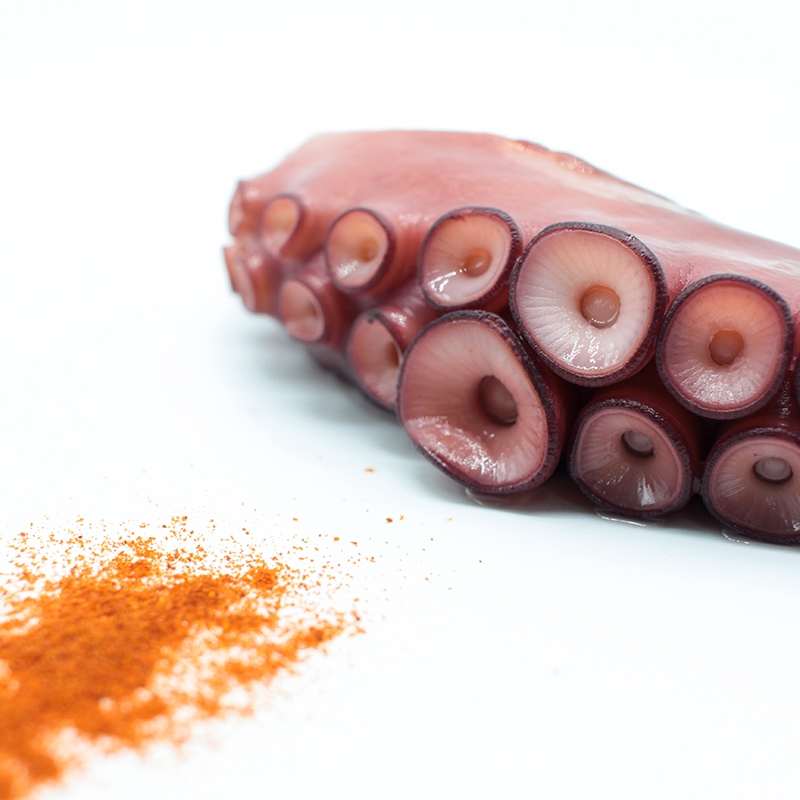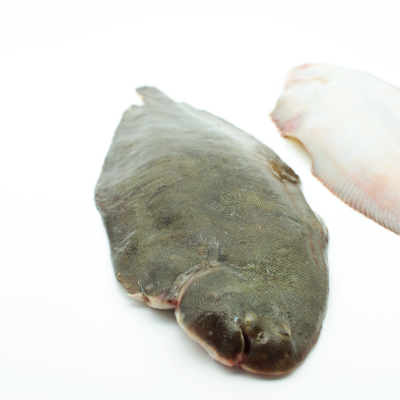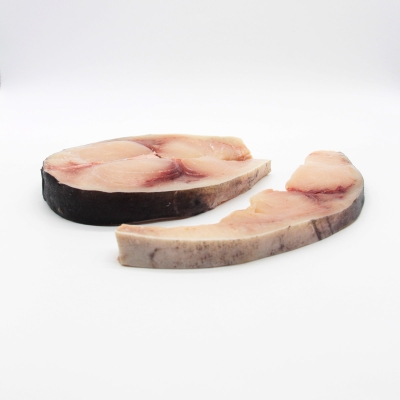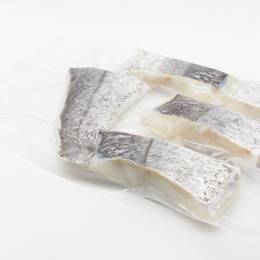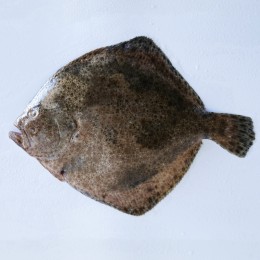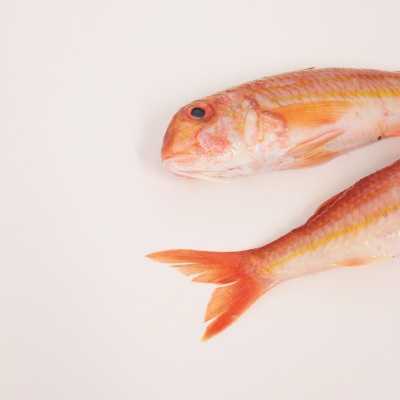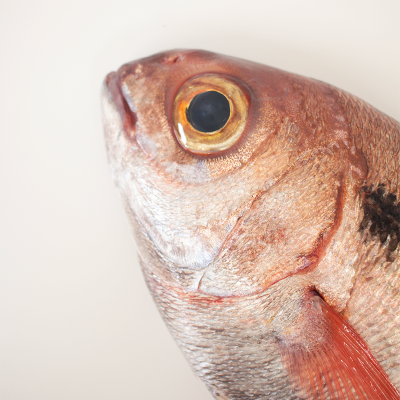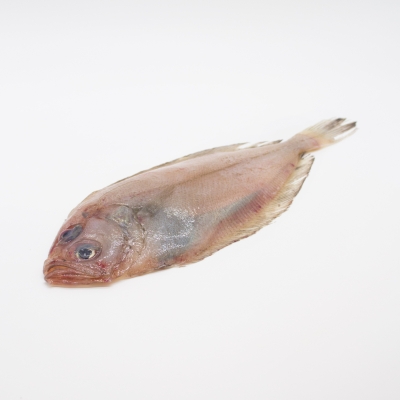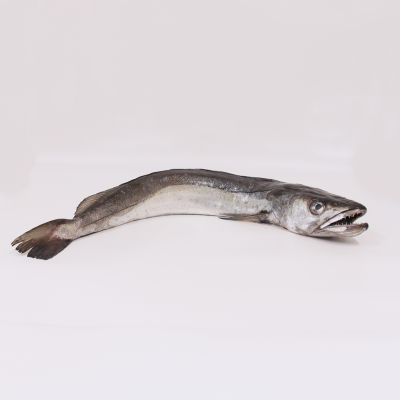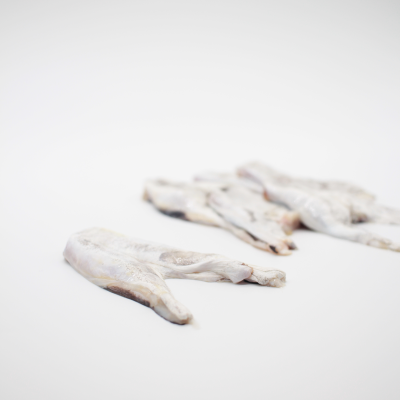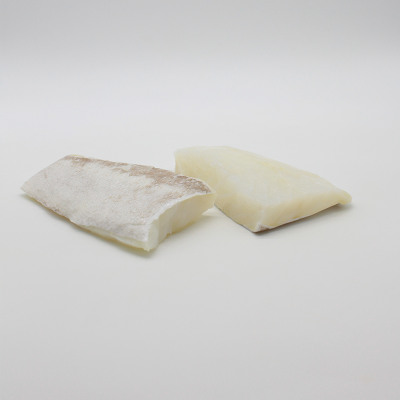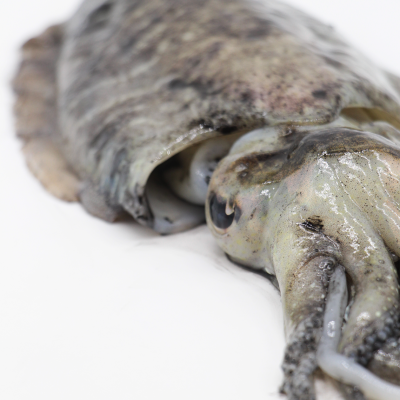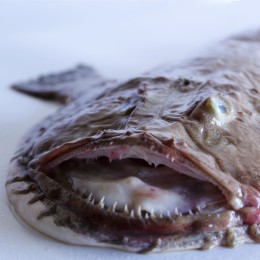Origin: FAO Zone 34, Atlantic Ocean.
Ingredients: Cooked Octopus (Octopus Vulgaris), salt, rice starch, milk protein and antioxidants (E-301 and E-224 (Sulphite))
Nutritional Information (for every 100 g of product):
- Energy value: 321.90 KJ/76 Kcal
- Total fats: 0.80 g of which saturates 0.30g
- Carbohydrates: 0.80 g of which sugars 0.30 g
- Protein: 16.4 g
- Salt: 2 g
No preservatives or additives. Contains traces of molluscs: May contain traces of fish and/or crustaceans. Once opened, keep in the fridge for up to 24 hours.
_____________________________________________________________________
The octopus (Octopus Vulgaris) inhabits coastal areas and spends a large part of its life hiding among rocks and natural holes. Many species can grow up to a metre long. It feeds on small crustaceans such as crabs or other similar species.
A cephalopod mollusc, it has eight arms with two rows of suckers on every one. It’s characterised by having a soft body with a well-developed brain and two large, complex eyes that provide good vision. They can change the colour and texture of their skin very quickly.
It’s very common to find uncooked frozen octopus in the markets. The reason we don’t normally find it fresh is because it would be too hard when cooked. In the past, the octopus was hit (a “mazaba”) before cooking to break its meat fibres up and thus soften it. Due to the complexity of the process, this custom has lost its roots, as the freezing process has the same effects without the octopus losing any quality.
From a nutritional standpoint, octopus has a high mineral content, the most prominent being zinc, an essential mineral to safeguard our immune system. As for vitamins, it provides the same amount of vitamin B3 (niacin) as any oily fish, which is essential for restoring energy. Most notable, however, is its low cholesterol content, perfect for those who want to lower their cholesterol and triglyceride levels.
This octopus comes already cooked, so you can skip this step in your recipes. It’s delicious in a whole range of traditional dishes. A whole tentacle is great on the grill.
For a traditional “pulpo a la gallega”, simply add coarse salt, olive oil and paprika.
